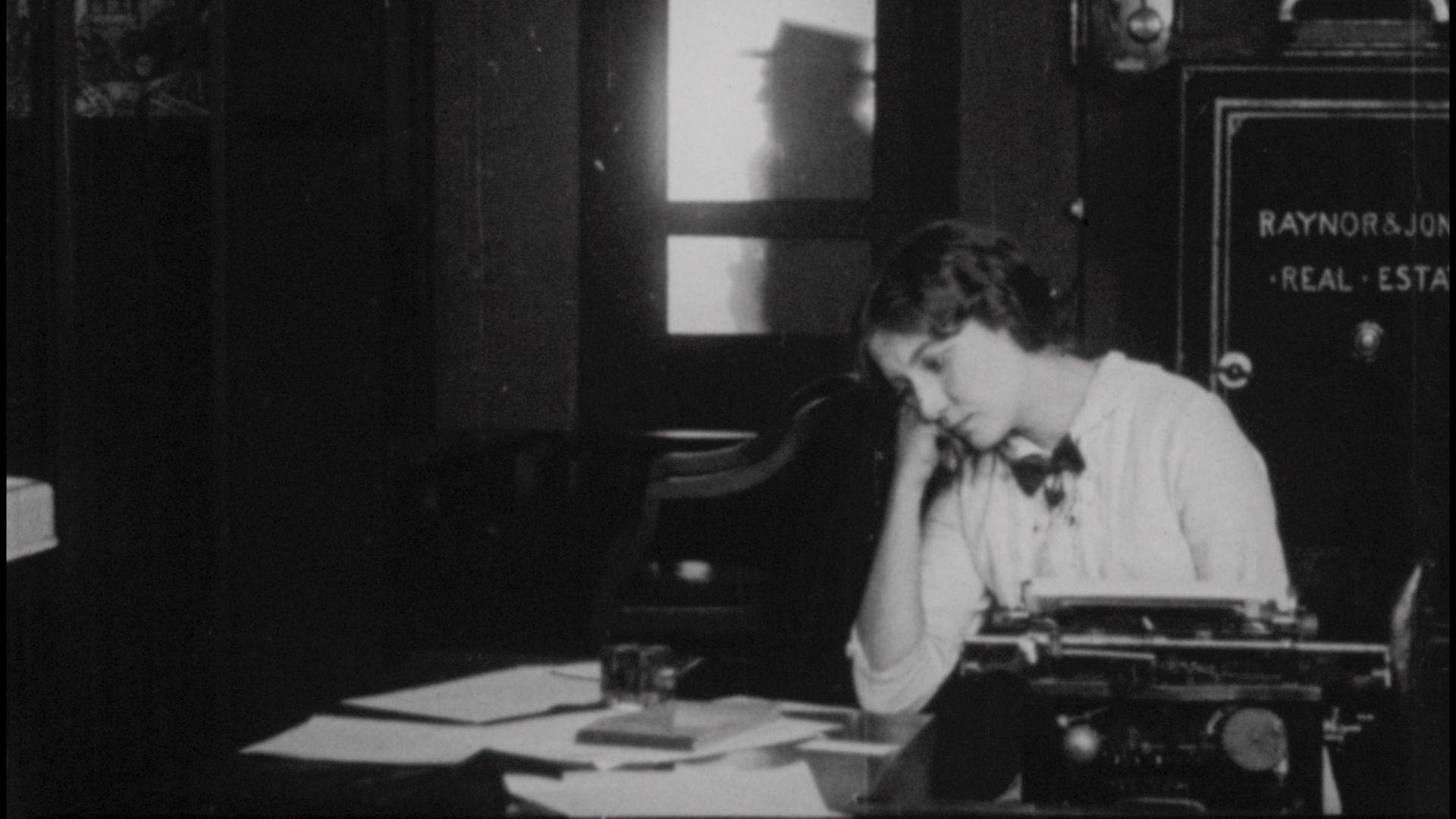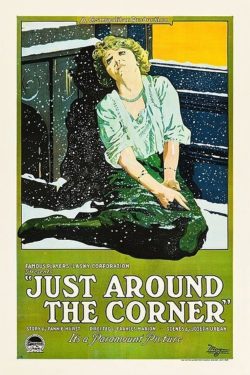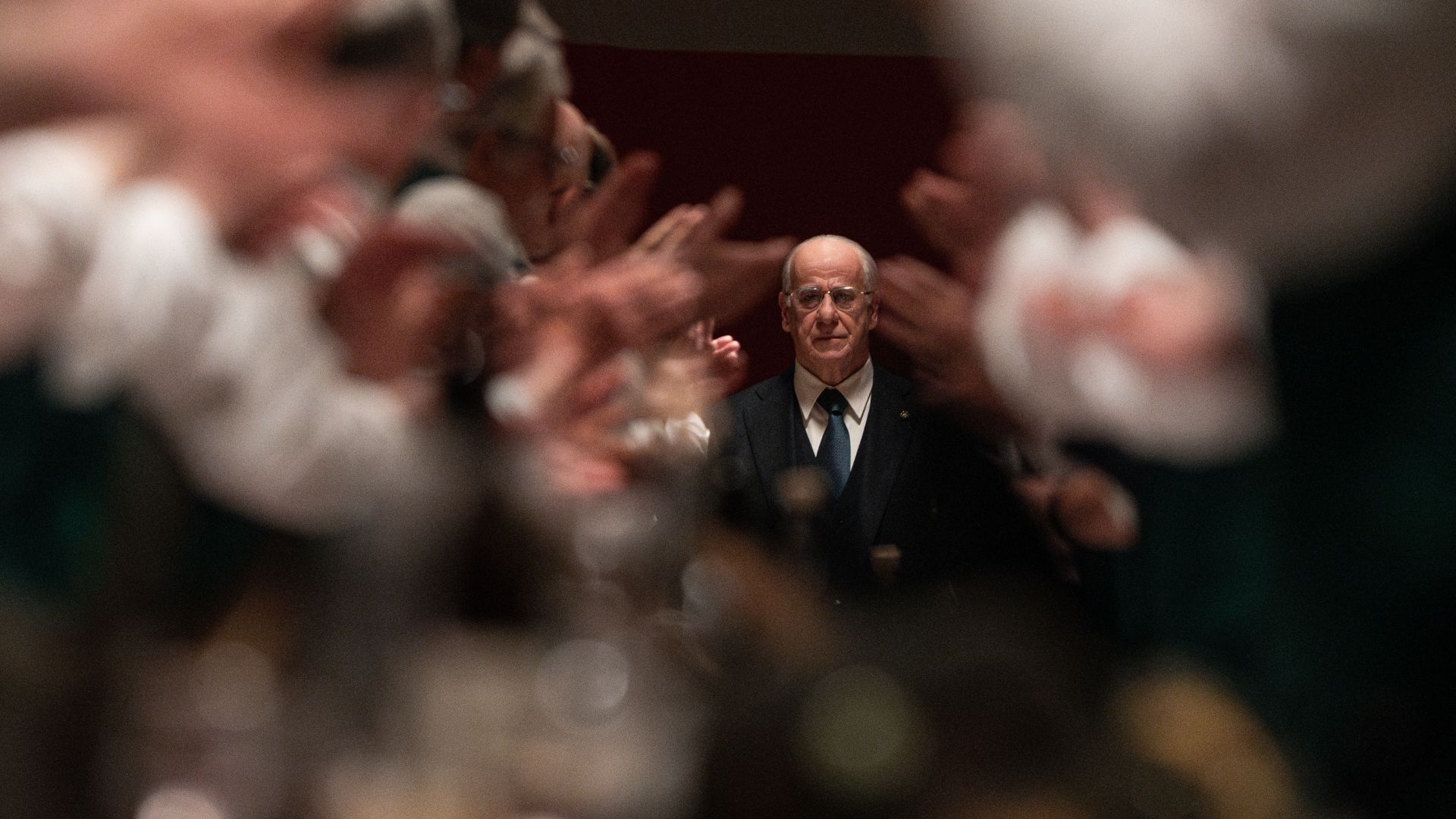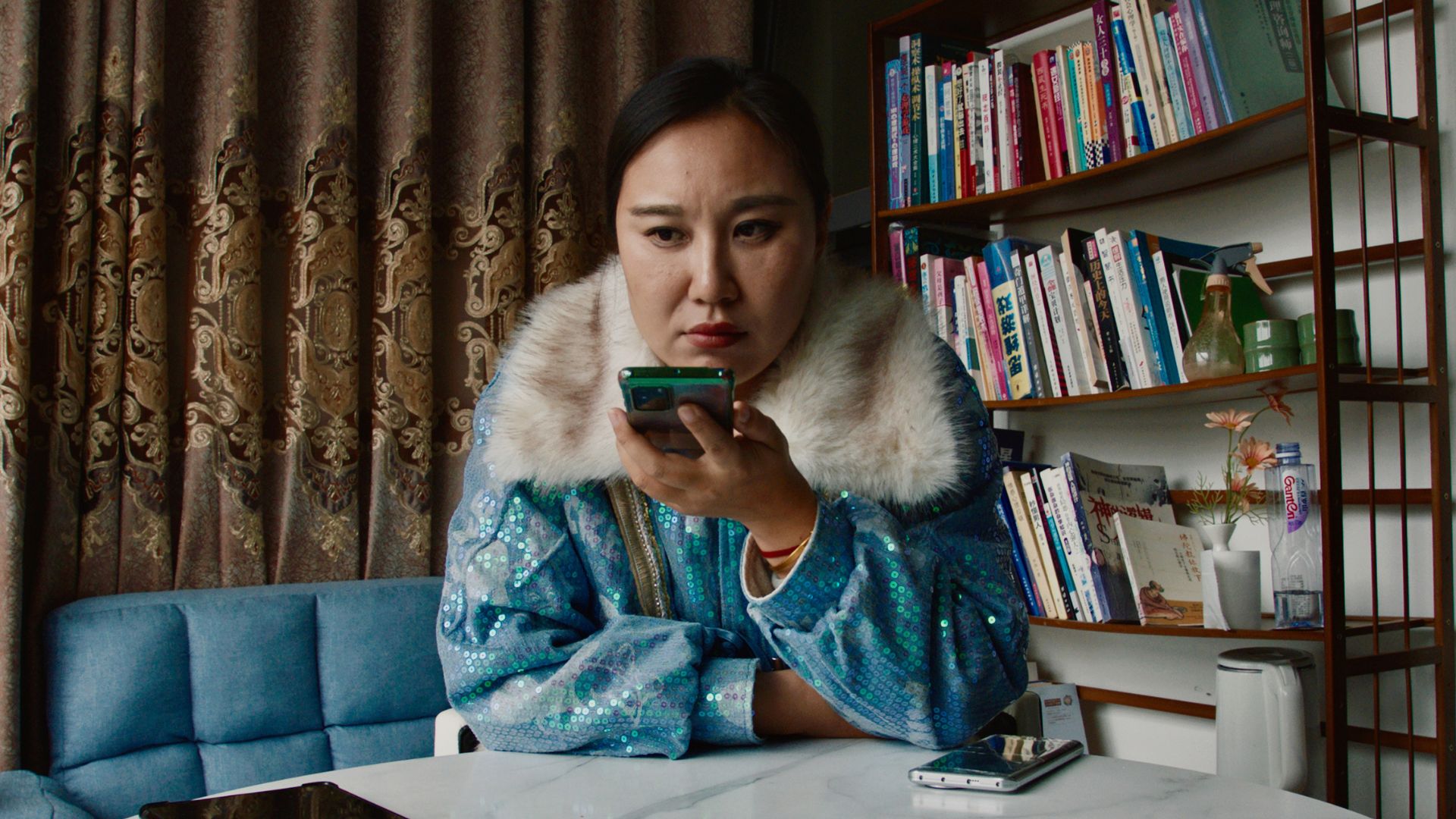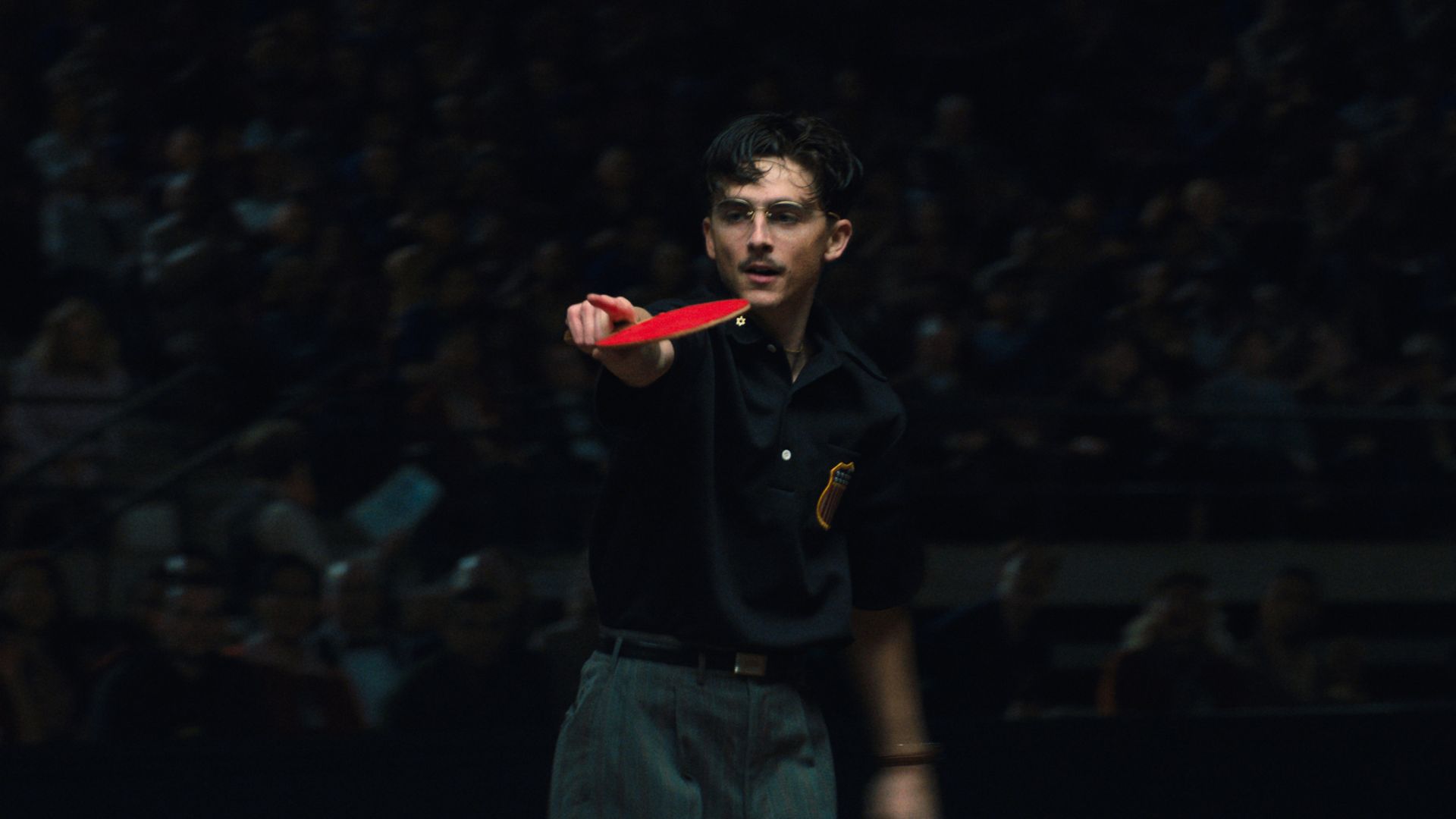The Women’s Film Preservation Fund (WFPF) of New York Women in Film & Television (NYWIFT) has been dedicated to ensuring that the contributions of women to film history are not forgotten. To date, the WFPF has safeguarded over 150 films in which women played key creative roles, spanning from the silent era, to works by early feminists, women of color, social activists, and other visionary artists. These films represent an invaluable and irreplaceable part of our nation’s cultural legacy. In celebration of the 30th anniversary of the Women’s Film Preservation Fund, we are proud to showcase two pioneering works from the early 1900s—a testament to the fact that women have been leading and shaping the film industry since the dawn of cinema.
The Affair at Raynor’s. (1912). 10 min.
The Affair at Raynor’s, the fourth episode in What Happened to Mary, the first movie serial produced in the United States. This twelve-part series follows the adventures of Mary, a resourceful and independent young woman, with each one-reel episode released monthly alongside an installment story in The Ladies’ World magazine. The series was a cultural phenomenon, inspiring fashion trends, music, a board game, a Broadway play, and even a sequel.
Mary Fuller (1888–1973) began her career as a stage actress, performing in live theater before signing with Vitagraph Studios in Brooklyn in 1907. There, she starred in films such as the one-reel adaptation of Elektra. In 1910, she joined the Edison Film Company, where she appeared in the first film adaptation of Frankenstein, based on Mary Shelley’s novel. Fuller became one of the earliest movie stars, rising to prominence alongside Mary Pickford. Once thought lost, this rare film has now been rediscovered, offering a glimpse into Fuller’s talent and early cinematic history.
The Affair at Raynor’s was restored by The George Eastman Museum and was partially funded by a grant from the Women’s Film Preservation Fund.
Just Around the Corner. (1921). 62 min.
As one of only two films directed by the prolific screenwriter Frances Marion (1883-1973), Just Around the Corner holds significant historical value. However, due to the incomplete nature of the surviving materials, the film remained inaccessible to audiences and scholars for decades—until this restoration.
A trailblazing screenwriter, journalist, author, and filmmaker, Francis Marion was one of Hollywood’s most prolific female creators. She was instrumental in advocating for better working conditions through the Screen Writers Guild and was known for her close collaborations with actress and producer Mary Pickford. In addition to directing The Love Light (1921), Marion wrote numerous silent films, including The Toll of the Sea (1922), Stella Dallas (1925), and The Scarlet Letter (1926). She later transitioned to sound films, penning classics such as Min and Bill (1930) and Dinner at Eight (1932). A two-time Academy Award winner, she was the first screenwriter to achieve this distinction, receiving Oscars for The Big House (1930) and The Champ (1931).
This new restoration of Just Around the Corner, a collaboration between the Library of Congress’s National Audio-Visual Conservation Center and the Eye Filmmuseum, is the first complete version of the film. It was reconstructed using two partial prints from each archive and was partially funded by a grant from the Women’s Film Preservation Fund.
